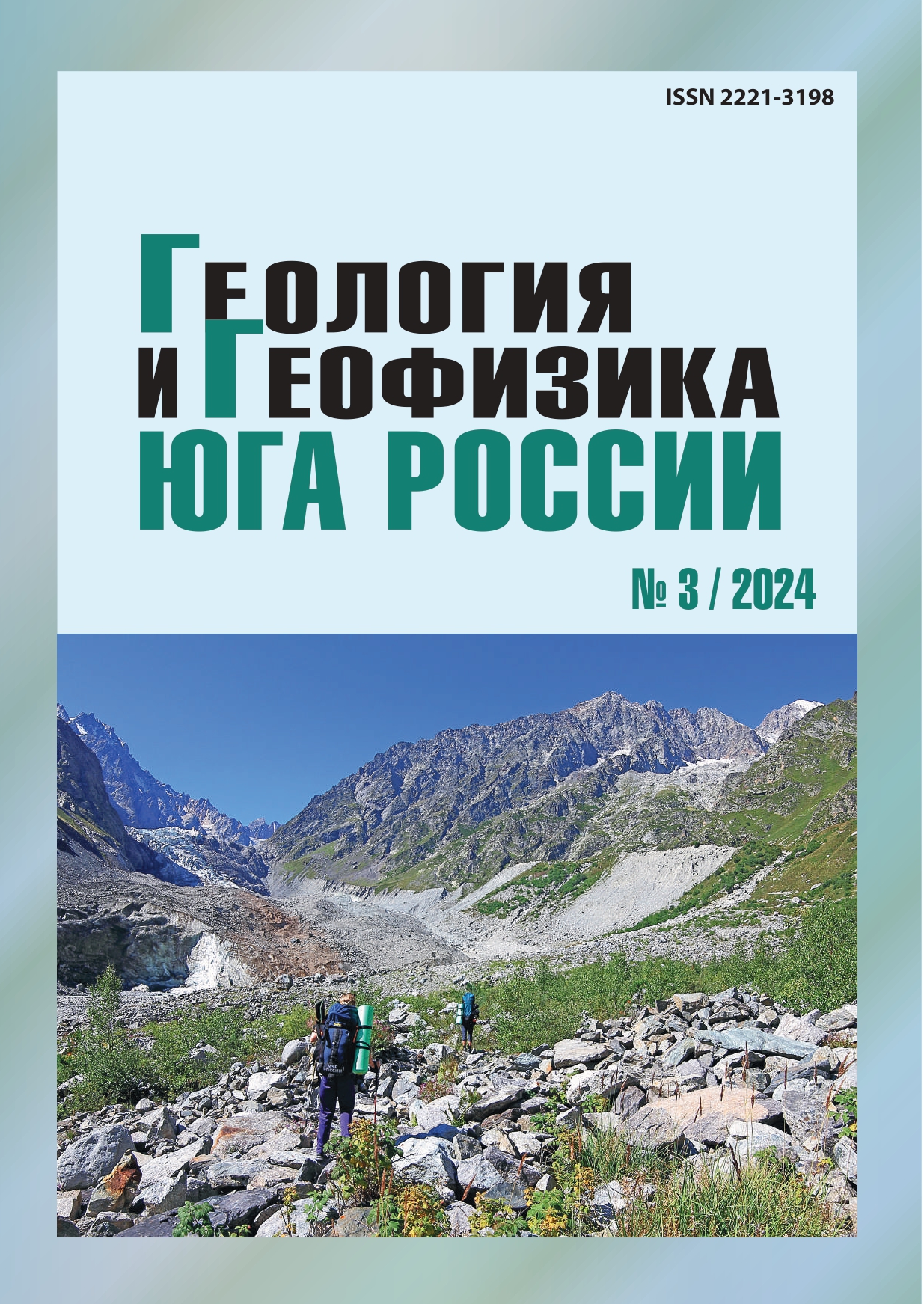About the Caledonides of the Caucasus
Abstract
Relevance. Researchers of the Greater Caucasus have always been interested in the problem of relationships between the Hercynian and more ancient formations in the region. It is believed that there is no evidence that the Hercynian tectono-magmatic cycle was preceded by the Caledonian cycle here. The time of formation of the late Caledonides partially coincides with the time of formation of part of the early Hercynides. It is believed that due to the blurring of this boundary, it is advisable to combine all the Paleozoic phases of the tectogenesis of the Greater Caucasus in the form of the Caledonian-Hercynian folding. Aim. To consider the problems of relationships between rock complexes belonging to the classical Caledonides of Western Europe and the synchronous stratified Devonian formations of the North Caucasus. Demonstrarte possible traces of Late Caledonian events in the North Caucasus in Devonian time. Methods. To solve the problem, published literary sources on the classical Caledonides of Western and Central Europe were used, and based on the available material, a comparative analysis of them with the Lower-Upper Devonian deposits of the Front Range of the North Caucasus was carried out. Results. During the accumulation of Caledonian (Devonian) red-colored molasse of Western Europe, similar clastic rocks were periodically deposited in the North Caucasus – essentially quartz sandstones, often red-colored, which should be classified as Late Caledonian rocks, in contrast to the traditional definition of them as Early Hercynian formations. Judging by their lithology, the sandstones belong to the marginal part of the epiplatform basin. Compared with the Volga-Ural basin, where terrigenous-carbonate sedimentation took place in the Eiffel-lower Fran, the formation of similar thicknesses of the zone of the Forward Ridge occurred later: in the Kartjurt subzone – from the Tibetan century, and to the south, in the Beskessko-Koltyubinsk and KendellarSuaryk subzones – from the lower Famen, despite the fact that the stabilization of the regime and its transition to a sub-platform one began even earlier, even in life, with outpourings of subalkaline basalts.


